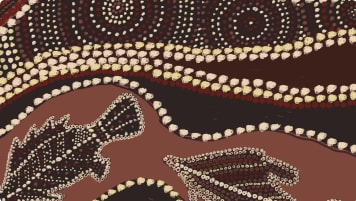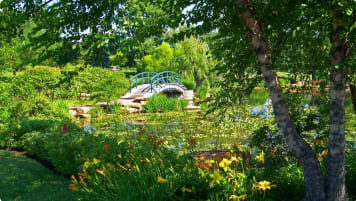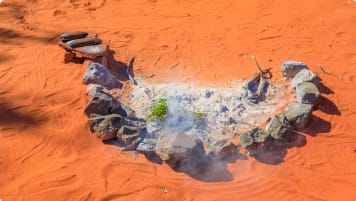Aboriginal history and culture of Kakadu National Park, Northern Territory
For those seek to learn as they travel then the history of the Aboriginal journey and timelines that unfold as a discovery in Australia seek to fascinate the mature and senior traveller on a small group package tour for couples and singles. From Darwin, this tour also visits Arnhem land as well as Kakadu, during the dry season.
24 Jun 20 · 9 mins read

Aboriginal history and culture of Kakadu National Park, Northern Territory
Kakadu National Park is not just a place of stunning natural beauty, but a living cultural landscape. For over 60, 000 years, the Bininj/Mungguy people have shaped the land here, managing the natural environment of the park and recording their history and spirituality in the park’s over 5,000 rock art sites.
Kakadu became a National Park in 1979, and was listed as a UNESCO World Heritage Site in 1981, one of the first in Australia. It is one of only four places in Australia inscribed for both cultural and natural values, recognised as ‘a living cultural landscape with exceptional natural and cultural values’. In particular, UNESCO singled out the artistic achievement and historical value of Kakadu’s collection of Aboriginal art.
The Bininj/Mungguy people:
The traditional owners of Kakadu are the Bininj/Mungguy people, who have lived in this country for over 60, 000 years. Kakadu is believed to be one of the first areas settled by humans in Australia.
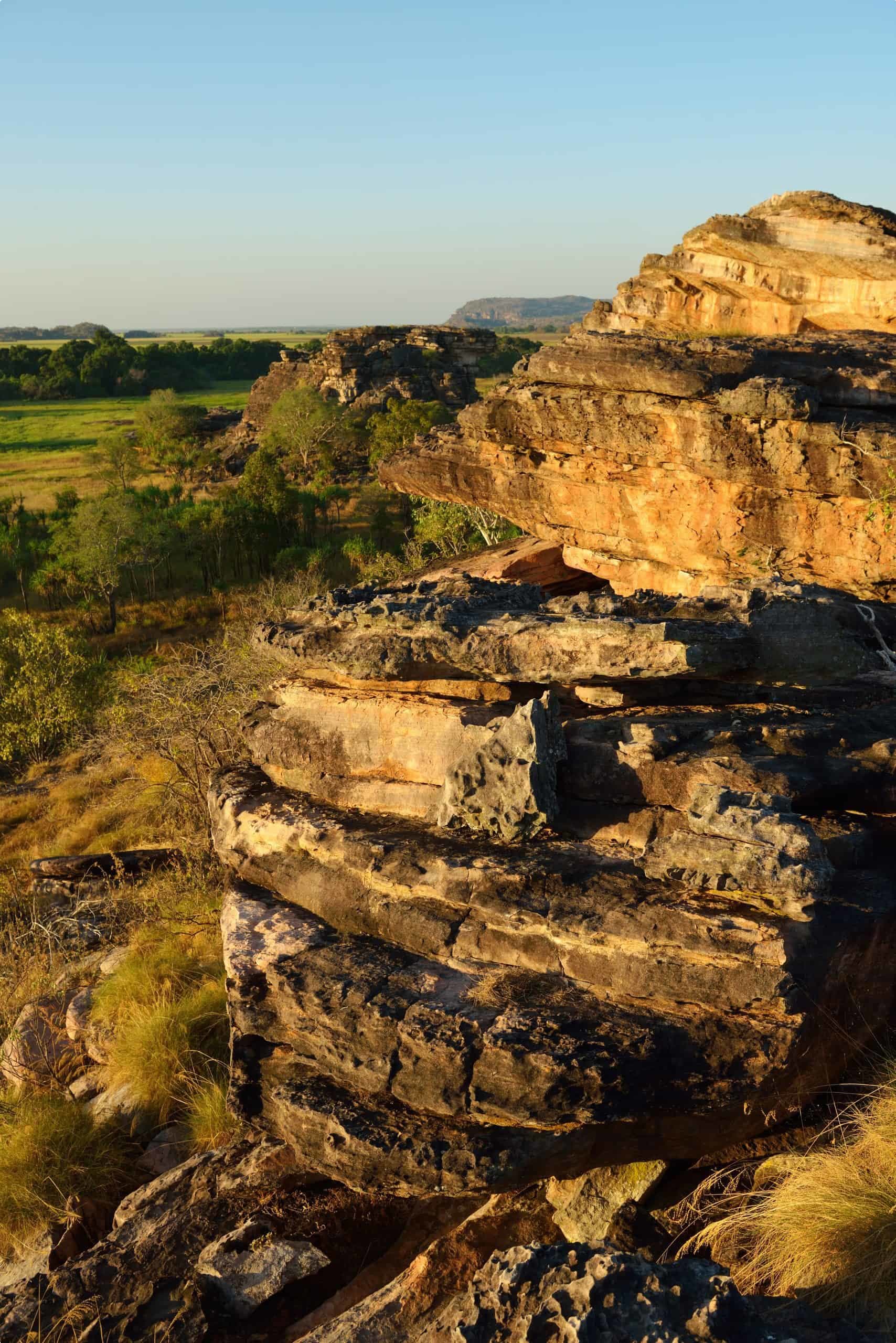
In 2012 and 2015, University of Queensland researchers excavated the Madjedbebe rockshelter in Kakadu. These archaeological sites revealed that the area was inhabited 65, 000 years ago, challenging prior scientific consensus that Aboriginal people only arrived in Australia 47, 000 years ago. The archaeologists uncovered more than 10,000 stone artifacts, including stone axes, seed-grinding tools, stone points (likely used as spear tips), and ochre. The stone axes found here are likely the oldest ground-edge stone axe technology in the world.
‘Bininj’ is the name for the people of the northern part of Kakadu, and ‘Mungguy’ in the south. In the time before European settlement, twelve languages were spoken in the Kakadu area. Today, only three – Gun-djeihmi, Kun-winjku and Jawoyn – are spoken on a regular basis, with most Aboriginal people in the area speaking two or more languages. The Bininj/Mungguy people further divided into around 19 clans, or family groups sharing ownership of an area of land. Clan boundaries are passed from one generation to the next, mostly through the father.
The Bininj/Mungguy people also have a complex system of kinship. All people, plants, animals, songs, dances, ceremonies and land are divided into two kinship groups, or ‘moieties’: Duwa or Yirridja. These two moieties are divided into ‘eight’ skin groups. A child inherits their skin group from their mother and their moiety from their father. Kinship determines the way people relate to one another and the world, as people are linked to the things that surround them, and develop a cultural responsibility to look after them. This responsibility and ancestral knowledge is vital to managing the rich ecosystems of Kakadu.
The Bininj/Mungguy understand the landscape as left by the Creation Ancestors in the Creation Time, who also laid down rules to live by, teaching Aboriginal people how to live with the land, before turning into djang (dreaming places).
An important Creation Ancestor in the Kakadu area is Warramurrungundji (Mother of the Earth), who travelled to Kakadu from islands in the north-east. She sent out spirit children, teaching them how to hunt and gather food, and which languages to speak. When her journey was complete, she changed into a large rock, her djang.
The Rainbow Serpent was also an important part of Bininj/Mungguy spirituality. Rainbow Serpents were found in the beliefs of Aboriginal people around Australia, and are believed to be one of the oldest artistic symbols used in the world. For the Bininj/Mungguy, the Rainbow Serpent was an all-powerful ‘boss lady’ who rested in quiet waterways unless disturbed – in which case she was capable of causing serious natural disasters including floods and earthquakes.
The Rainbow Serpent is said to have taken on a human form and painted her image on the rock at Ubirr to remind people of her presence. She then rested in the forest at Manngarre, before crossing the East Alligator River into Arnhem Land, where she lives in a quiet water hole.
Like Aboriginal peoples elsewhere, the Bininj/Mungguy understand the natural world that surrounds them intimately, and shape the landscape in which they live to this day. They divide their year into six distinct seasons, drawing on indicators including weather patterns, plant flowerings, and animal behaviours. This allows them to manage their country effectively, drawing on fire to promote suitable habitats for a range of different plants and animals and protect food resources (such as yams) from later, more dangerous, natural fires. The Bininj/Mungguy light fires year round, but most commonly during yegge (May-June) and wurrgeng (mid-June to mid-August).
The Bininj/Mungguy have a comprehensive knowledge of the plants that surround them: in 1985, Kakadu elders were able to name 420 scarp species, including several not yet known to science, and detailed the behaviour of each (Gammage, The Biggest Estate on Earth, 288-289).
Their regular diet included an array of fruits, including kakadu plum (anmorlak), red bush apple (andjarduk), and blackcurrent bush (andjurrugumarlba). They fished barramundi, saratoga, and freshwater mussel out of Kakadu’s extensive waterways.
Like Aboriginal people around Australia, the Bininj/Mungguy were bakers. The roots of water lilies – particularly the madjakalang – were ground into a paste, wrapped in paper bark parcels, and cooked in a ground oven. This was mostly done during wurrgeng and gunrrun (the dry season), when water lilies were in bloom. Archaeologists have found a 25, 000 year old grindstone at Kakadu, indicating that the Bininj/Mungguy were among the first people to bake worldwide (Pascoe, Dark Emu).

Though the people of Kakadu were mostly nomadic, they built structures at favoured locations: stringy-bark shelters near billabongs, rock shelters in ‘rock country’, and houses on stilts in the wet season.
Today, around 500 Bininj/Mungguy people continue to live at 18 outstations around Kakadu National Park. Since the late 1970s, Kakadu has been yet again Aboriginal land, leased to the government to be jointly managed as a national park.
The Bininj/Mungguy work with Parks Australia to solve problems and make decision, sharing their traditional knowledge of the land. The Kakadu Board of Management has an Aboriginal majority (10 out of 15), and at least half of the park’s permanent staff are indigenous. Traditional land management practices, such as seasonal burning, are still used to prevent disastrous bushfires.
Aboriginal art of Kakadu National Park:
The ‘Stone Country’ of Kakadu National Park boasts over 5,000 known Aboriginal rock art sites, with some archaeologists believing that there might be up to 15,000 total sites in the park – the greatest known concentration of rock art in the world. Some of the rock paintings are up to 20, 000 years old, constituting one of the longest historical records of any group of people in the world. As UNESCO points out, ‘it provides a window into human civilisation in the days before the last ice age’ (which ended around 11, 700 years ago).
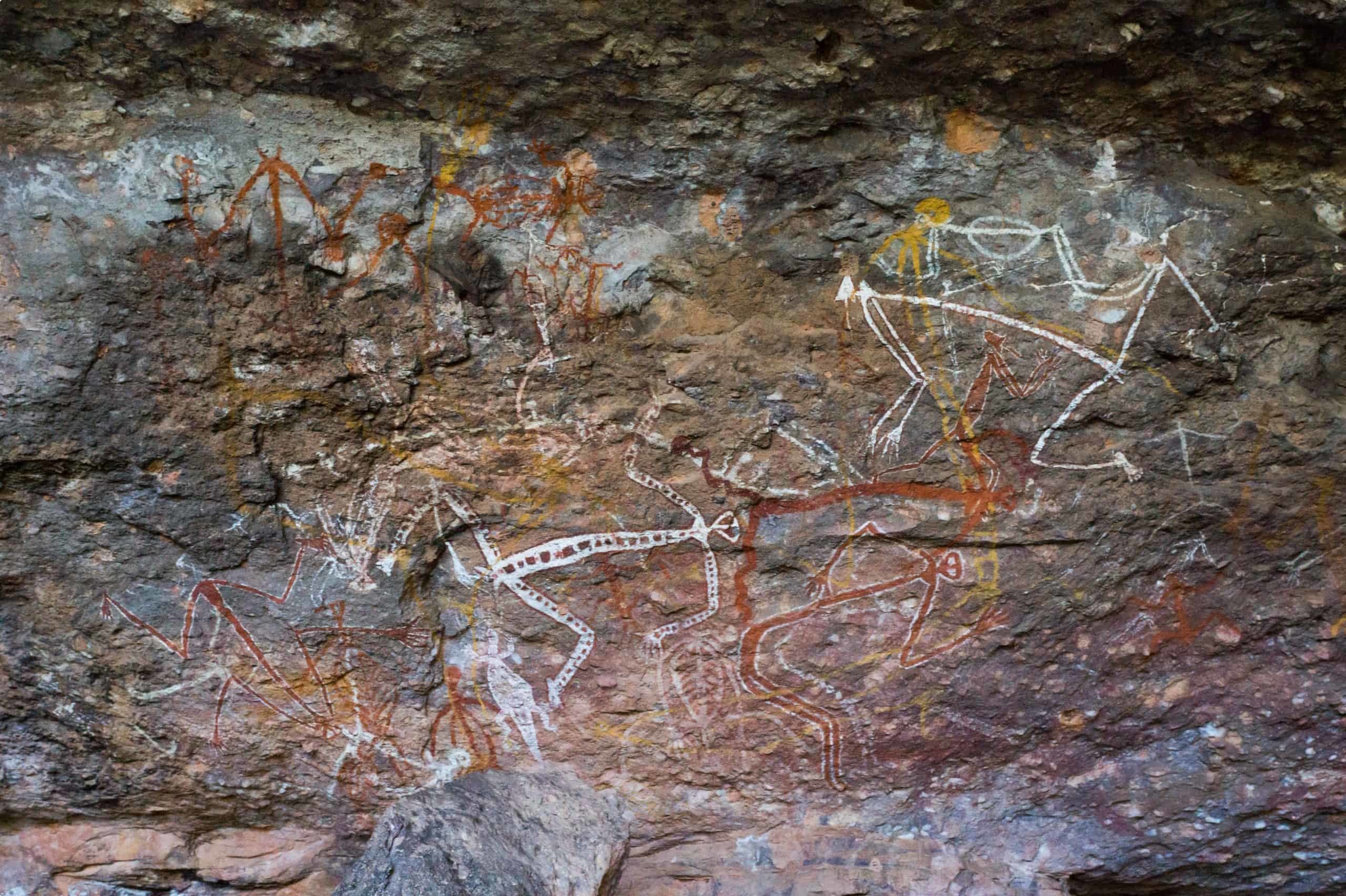
The styles of painting at Kakadu National Park evolved over its long history, responding to the changing environments of the surrounding world. The earliest portrayals are dated to the pre-estuarine period, 50,000 to 8,000 years ago. This was during the last ice age, when the climate was cooler and drier, and the sea level was around 150 metres lower than it is today. Kakadu was covered in the shrub woodland we associate with arid Australia.
The first rock art is thought to be direct prints – human hands and surrounding objects – onto the rock. Around 20, 000 years ago, people started painting large, naturalistic depictions of the animals that surrounded them, including many that are now extinct, like the marsupial tapir.
15,000 years ago, human figures began to be rendered – lavishly decorated stick figures, ‘northern running figures’ (small figures common in the north of Kakadu), and intricate, highly ornamented figures in motion.
During the estaurine period, from 8000 to 2000 years ago, the rising sea levels formed mangrove swamps. As the environment changed, more food resources were available, and the population increased. New animals brought by the new conditions – such as estuarine crocodiles and barramundi – appear in the art.

This period saw the development of the yam figure style, as depictions of yams were incorporated into human figures. It also saw the emergence of x-ray art, in which animals and humans are depicted with internal organs and bone structures clearly visible. X-ray art encompasses images of ancestral beings, as well as secular paintings portraying fish and other animals that were important food sources.
The freshwater period, from 2000 years ago to the present, was marked by the formation of the freshwater flood plains we see today. X-ray art continued into this period, depicting new resources, such as magpie geese and waterlilies, brought by the freshwater conditions. People were painted using new technologies, including didgeridoos and goose spears.
Around 300 years ago, people living in Kakadu engaged in trade with Macassan fishermen from Indonesia. Art depicted their ships, guns, and knives. When Europeans reached Kakadu, around 150 years ago, their ships were likewise portrayed by rock artists.
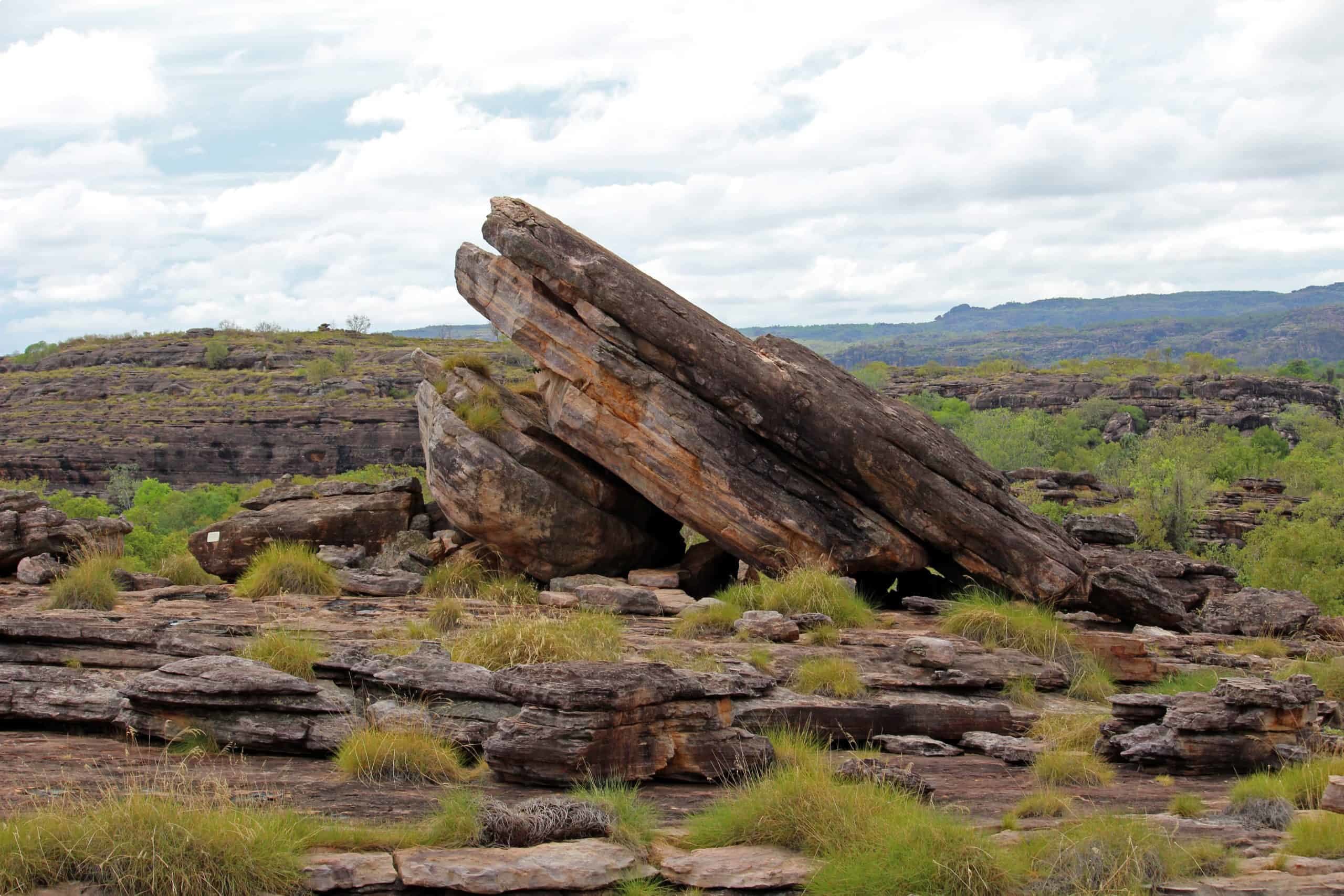
The art site at Ubirr rock, a plateau ‘outlier’ is considered to be one of the finest collections of ancient rock art in the world. Groups of people traditionally camped under the cool rock shelter and exploited the rich resources of the surrounding East Alligator river and floodplain. Over millennia, they painted and re-painted the smooth rock surfaces.
Though the earliest artworks in Kakadu have been carbon dated to around 20, 000 years ago, it is likely that the oldest paintings at Ubirr are more ancient, dating to around 40, 000 years ago. Colour pigments at some sites have been dated to around 50, 000 years ago, indicating that Aboriginal peoples were painting that early; while uranium dating of Sulawesi Cave Art in Indonesia to 37,900 BCE indicates that Arnhem Land painting probably became more complex around then.
Either way, Ubirr is an impressive collection of art. The main gallery is home to an extensive collection of x-ray art from the freshwater period, mostly depicting fish, turtles, goanna, and other important food sources. The main gallery also contains a fascinating specimen of contact art, a ‘white fella’ shown wearing a shirt and boots, with his hands in his pockets, likely a buffalo hunter painted in the 1880s. Stories about law are told in the Mabuyu, Narmarrkan Sisters and Rainbow Serpent paintings (the most sacred site at Ubirr).
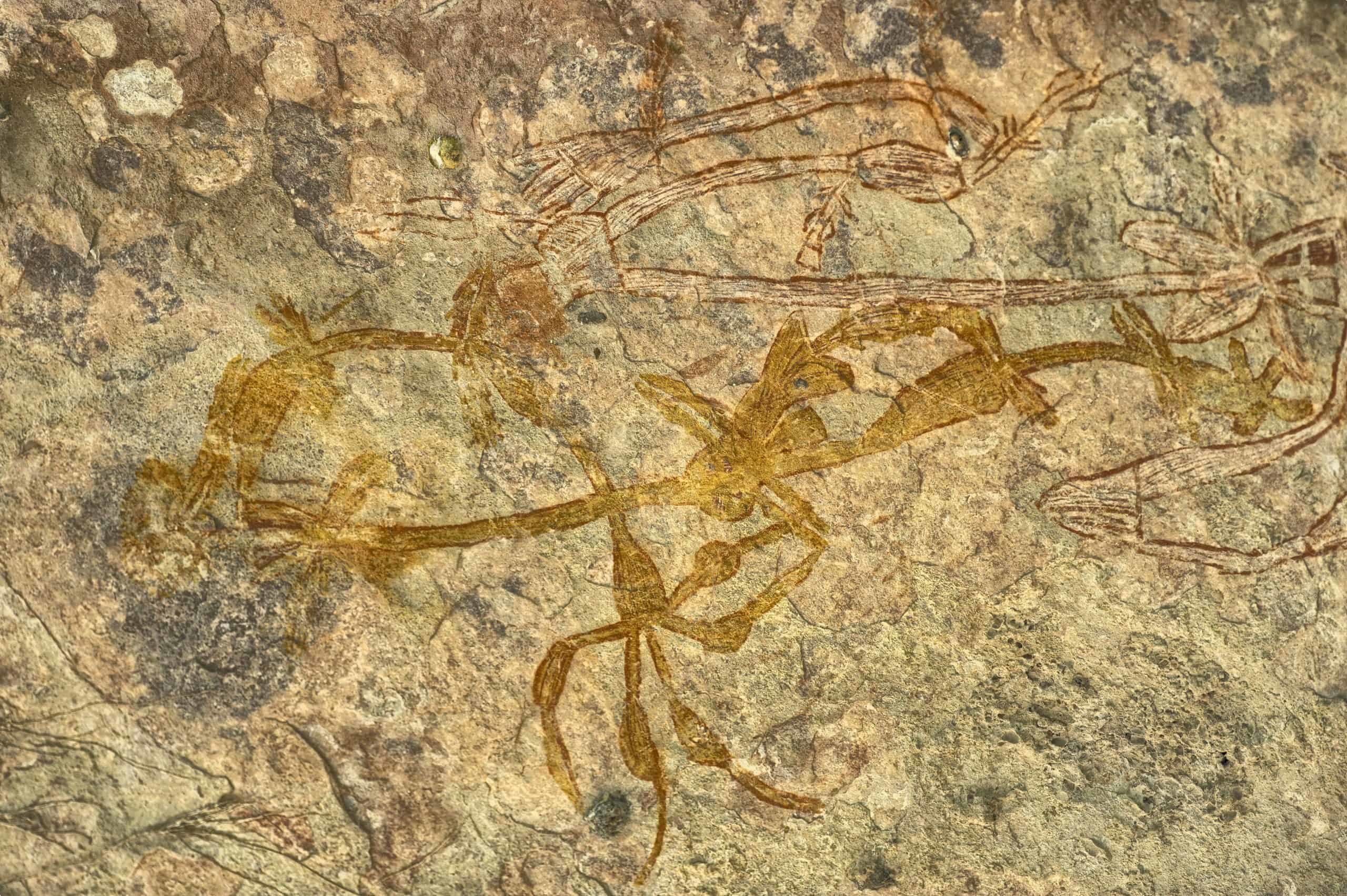
Nearby is a painting of a a thylacine (Tasmanian tiger), which are believed to have become extinct on the mainland around 2000 to 3000 years ago.
Another important art site is Nourlangie Rock (known as Burrunggui in the local language, Gun-djeihmi), another outlying sandstone formation of the Arnhem Land plateau. Aboriginal people lived in the Anbangbang Shelter regularly for over 6000 years, coming to the rock shelter in the annual wet season, harvesting nearby plants and catching animals. In the rocks of the shelter floor are grinding holes, used to prepare food and ochres for painting.
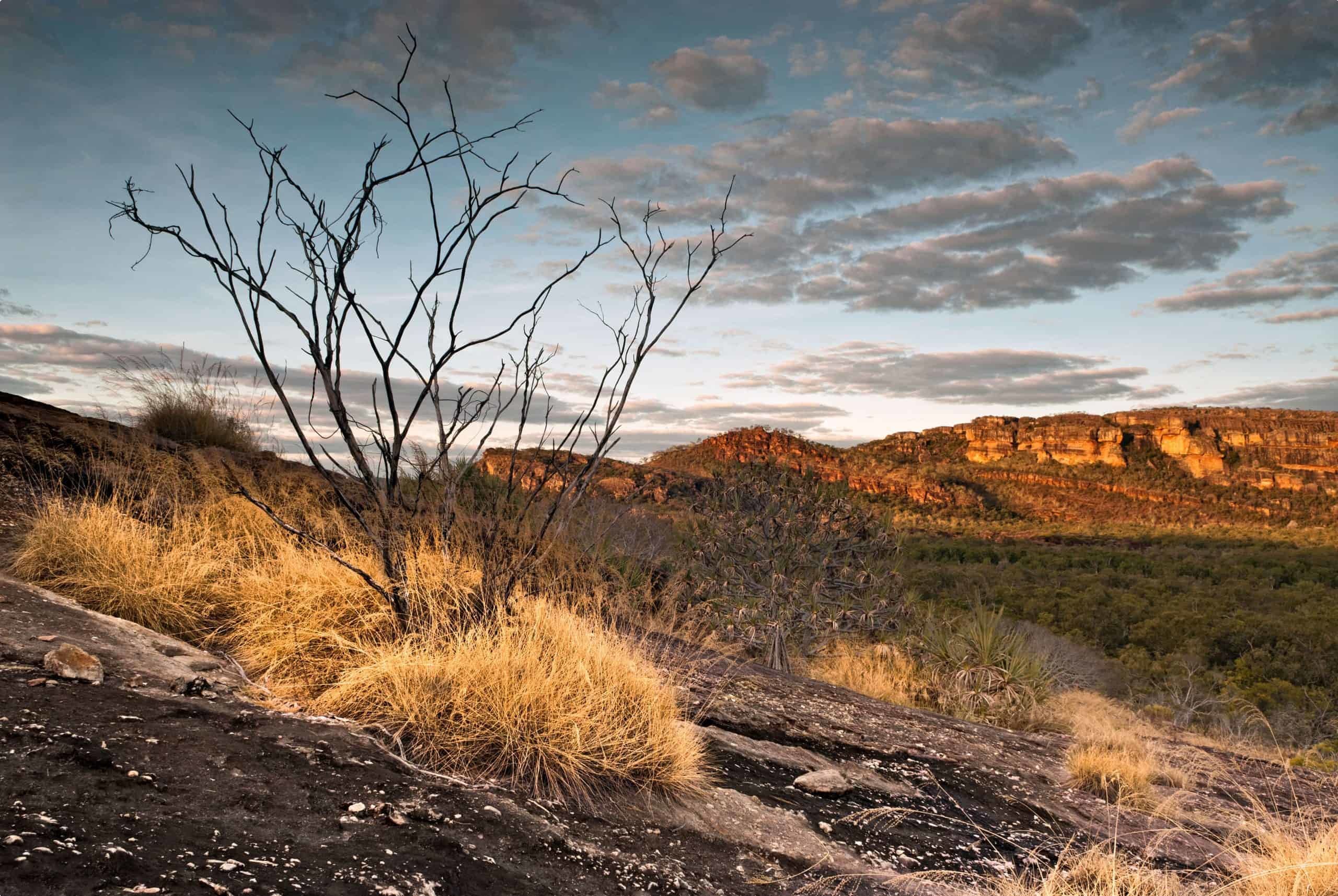
The collection here includes depictions of Namarrkon (lightning man), a creation being who is believed to control lightning storms, x-ray art, and sailing ships from the days of initial contact with Europeans. Look for the two-masted ship in the Nanguluwur Galley on the northern side of the rock. A number of paintings here date as late as 1964, painted by Nayombolmi (Barramundi Charlie), who is thought to have created around 604 paintings at 46 sites in Arnhem Land.
Kakadu is also home to several important Dreaming sites, such as Djang in Gun-djeihmi (the language spoken in central Kakadu), which are off limits to tourists and central to traditional life.
Tour of Kakadu
Odyssey Traveller learns about the Aboriginal culture of Kakadu as part of our new tour of Kakadu and the Northern Territory. Beginning and ending in Darwin, our tour is designed to go beyond the highlights of your typical Kakadu Day Tour, our trip spends six nights in comfortable lodge accommodation in Jabiru, allowing you to make the most of your Kakadu tour.
Kakadu is Australia‘s largest national park and a place of vast and varied ecosystems, ranging from rugged escarpments to tidal flats. We explore the natural beauty of the park – sandstone escarpments, monsoon forest, and the stunning waterfalls of the Gunlom Plunge Pool and Waterfall Creek.
Kakadu park is also home to a vast array of native wildlife, including the most threatened species protected in any Australian reserve. We also walk among the RAMSAR-listed Kakadu wetland, seeing rare bird species; and learn more about wildlife on a Yellow Water Cruise of the Yellow Water Billabong, including the saltwater crocodile in its natural environment! And of course, we leave plenty of time to walk among the ancient Aboriginal rock art of this extraordinary park, while learning about Aboriginal land management from local Indigenous people.
Our tour of Kakadu also explores the surrounding areas of the Northern Australia. We will spend a couple of nights in Arnhem Land, a centre of indigenous culture and a place of great natural beauty. On our way along the Stuart Highway to Kakadu we make several side trips, to the Fogg River Conservation Reserve in the Mary River Wetlands, and to Litchfield National Park, where our Litchfield tour takes in striking termite mounds and the pristine Buley Rockhole, one of the Northern Territory‘s most popular swimming holes. We will also make a trip into Arnhem Land, a stronghold of Aboriginal culture and a place of great natural beauty.
Our tour price includes lodge accommodation, transport in suitable vehicles, and meals, including breakfasts, a group dinner, and picnic lunch. For more information, click here, and click here for more on our outback and Australia tours.
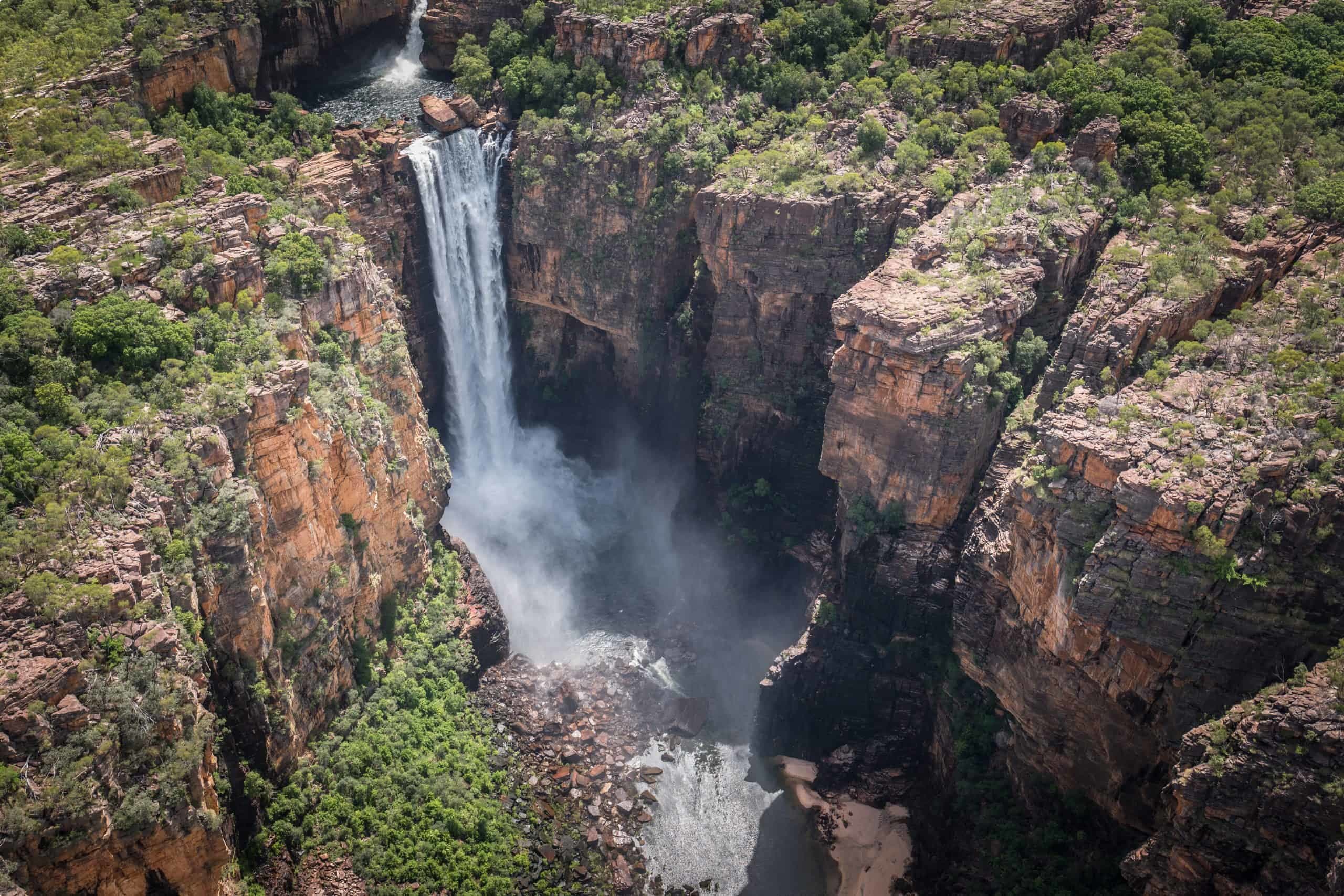
Articles about Australia published by Odyssey Traveller:
- The Kimberley: A Definitive Guide
- Uncovering the Ancient History of Aboriginal Australia
- Aboriginal Land Use in the Mallee
- Understanding Aboriginal Aquaculture
- Mallee and Mulga: Two Iconic and Typically Inland Australian Plant Communities (By Dr. Sandy Scott).
- The Australian Outback: A Definitive Guide
For all the articles Odyssey Traveller has published for mature aged and senior travellers, click through on this link.
External articles to assist you on your visit to Australia:
Selected small group packages tours of Australia

days
Jun, Jul, Sep, Feb, Mar +1Darwin and Kakadu small group tour
Visiting Northern Territory
Explore and learn as part of a small group tour for seniors on this package tour to Darwin and Kakadu National park, a UNESCO world heritage site. This program also visits Arnhem land. Our focus is on ecology, landscapes and history on this 14 day program in the far north of the Northern Territory.

13 days
May, Jun, Jul, Aug, SepSmall group tour of Australia's Kimberley
Visiting Western Australia
Escorted small group tour of the Kimberley. We explore and visit The Bungles, Bell Gorge, Mitchell plateau & Halls Creek in the dry season. Amazing landscapes intertwined with Aboriginal communities resident more than 45,000 years.
From A$15,390 AUD
View Tour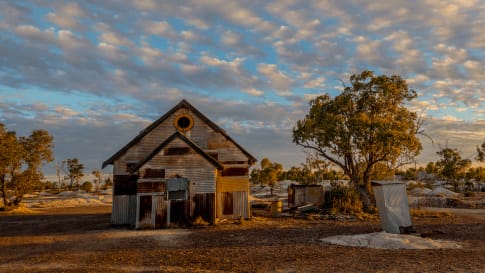
days
Mar, Apr, May, Jul, Aug +2Small group tour of outback Queensland
Visiting New South Wales, Queensland
To Dubbo and back, this small group tour takes you to learn about the Brewarrina fish traps, we travel high up into North Queensland to see the Dinosaurs of Winton and incredible Aboriginal rock art at Cathedral gorge and learn about opal mining and the history of Lightning ridge.
Articles to read

Aboriginal Rock Art in the Kimberley, Australia
The Kimberley is explored on a small group tour for mature and senior travelers, couples or singles. Both Aboriginal community is studied and an appreciation of the wet and dry seasons. This guide on the Kimberley assists the traveler as you start from Broome and travel round via Halls creek and Purnunulu national park over some 17 days in a group of up to 12 people.
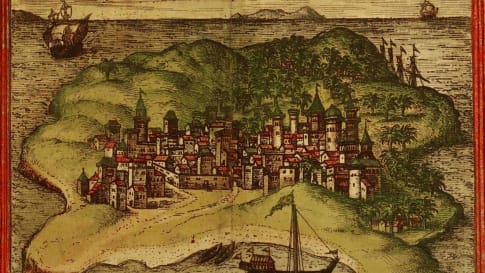
Archaeological mysteries of Australia: How did a 12th century African coin reach Arnhem Land?
Consider the impact of Portuguese, Spanish and Chinese followed by the Dutch trading in the Spice islands to the North of Australia from the 11th century. The probability of African coins reaching a beach become real. Learn more on a small group package tour to Kakadu and Arnhem land or the Kimberley where shipwrecks have been found to consider the impact on Aboriginal history and rock art. Tours for seniors couples and singles.
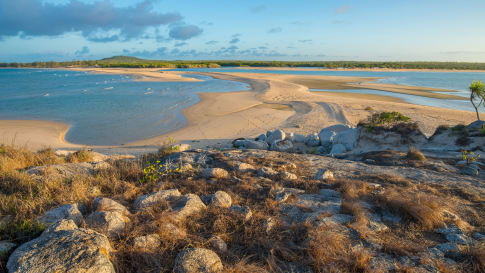
Arnhem Land, Northern Territory
To enter Arnhem land a permit is required for visitors. Explore and learn about the Aboriginal community in Arnhem land as part of a small group package tour that includes Darwin and the Kakadu. These are small group tours of upto 12 like minded mature and senior travellers, couples or solo travellers interested in exploring as they tour.
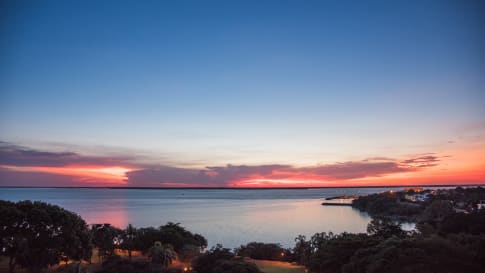
Darwin, Northern Territory
Discover Australia's Northern city whilst on a small group package tour to the Northern Territory with likeminded mature and senior travellers couples or singles. Darwin is the base for a tour of Kakadu and Arnhem land.

Natural landscapes of Kakadu National Park, Northern Territory
Article about a unique RAMSAR landscape and UNESCO world heritage site explored and part of a small group tour for mature and senior travellers couples and singles based in Darwin. Landscape, wildlife, and aboriginal history and settlement plus African mystery are part of this and other articles on Kakadu.

The Australian Outback: A Definitive Guide
Explore learn and consider what is the outback in this article. For mature and senior travelers considering joining a small group package tours into the outback to see, learn and explore about this unique place, not only the landscape but the Aboriginal approach to living. On each of the tours for couples and the single traveler you learn something different but fascinating, from Outback Queensland, the Flinders, Broken Hill and the Kimberley and the wildflowers all contribute to this question, what is the outback?
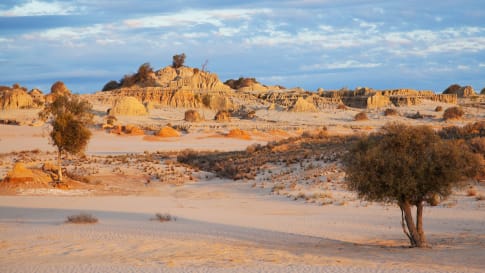
Uncovering the ancient history of Aboriginal Australia
For small group escorted tours of Australia in Queensland, Victoria, New South Wales, South Australia, Tasmania, Western Australia and the Northern Territory a guide on Aboriginal culture for mature and senior travellers.
